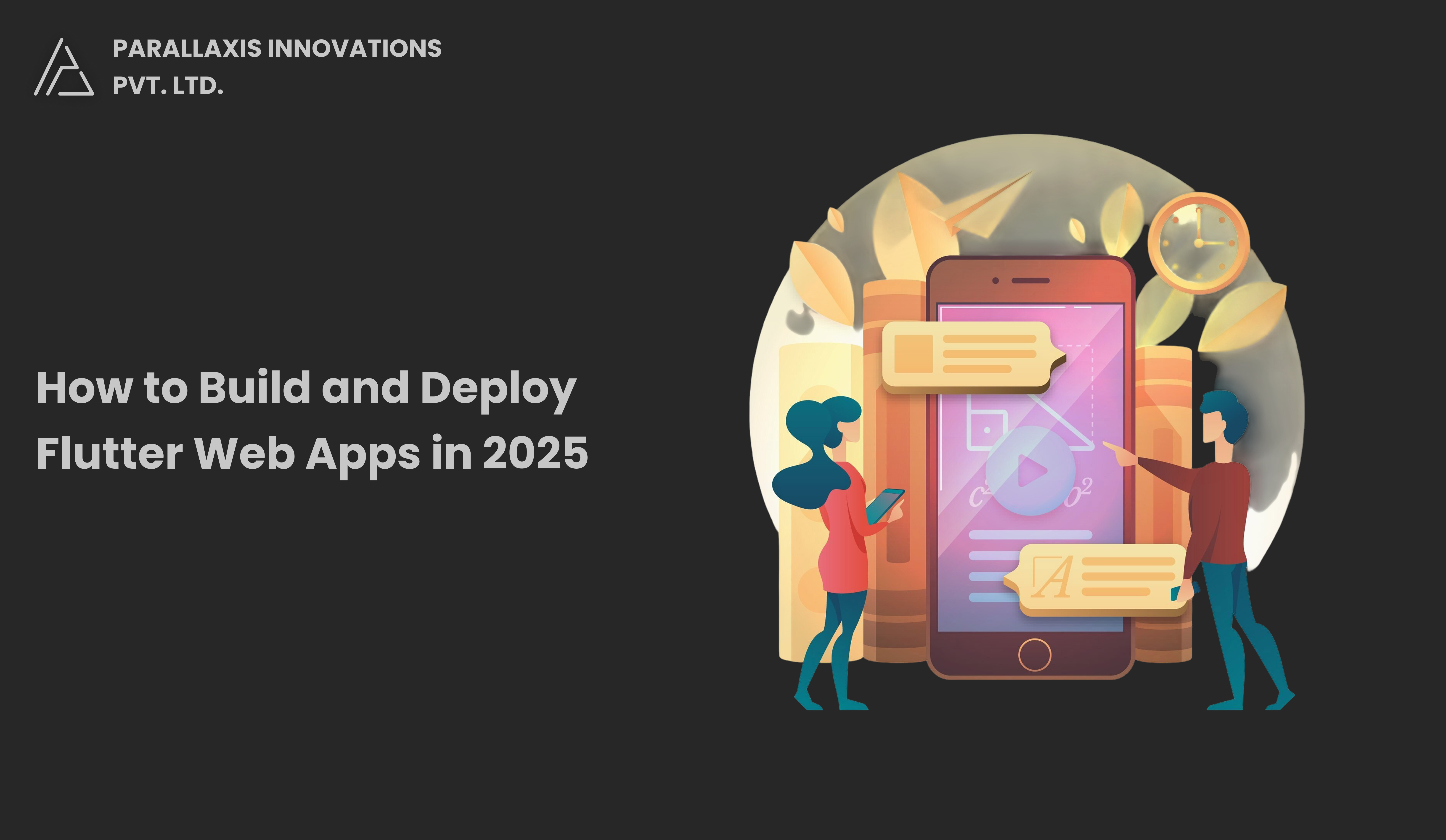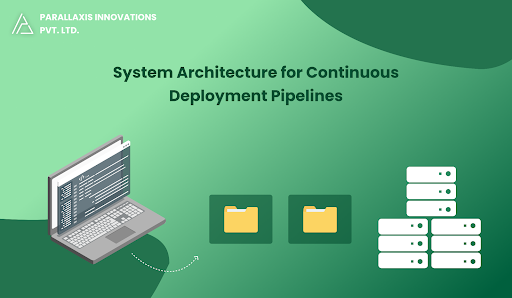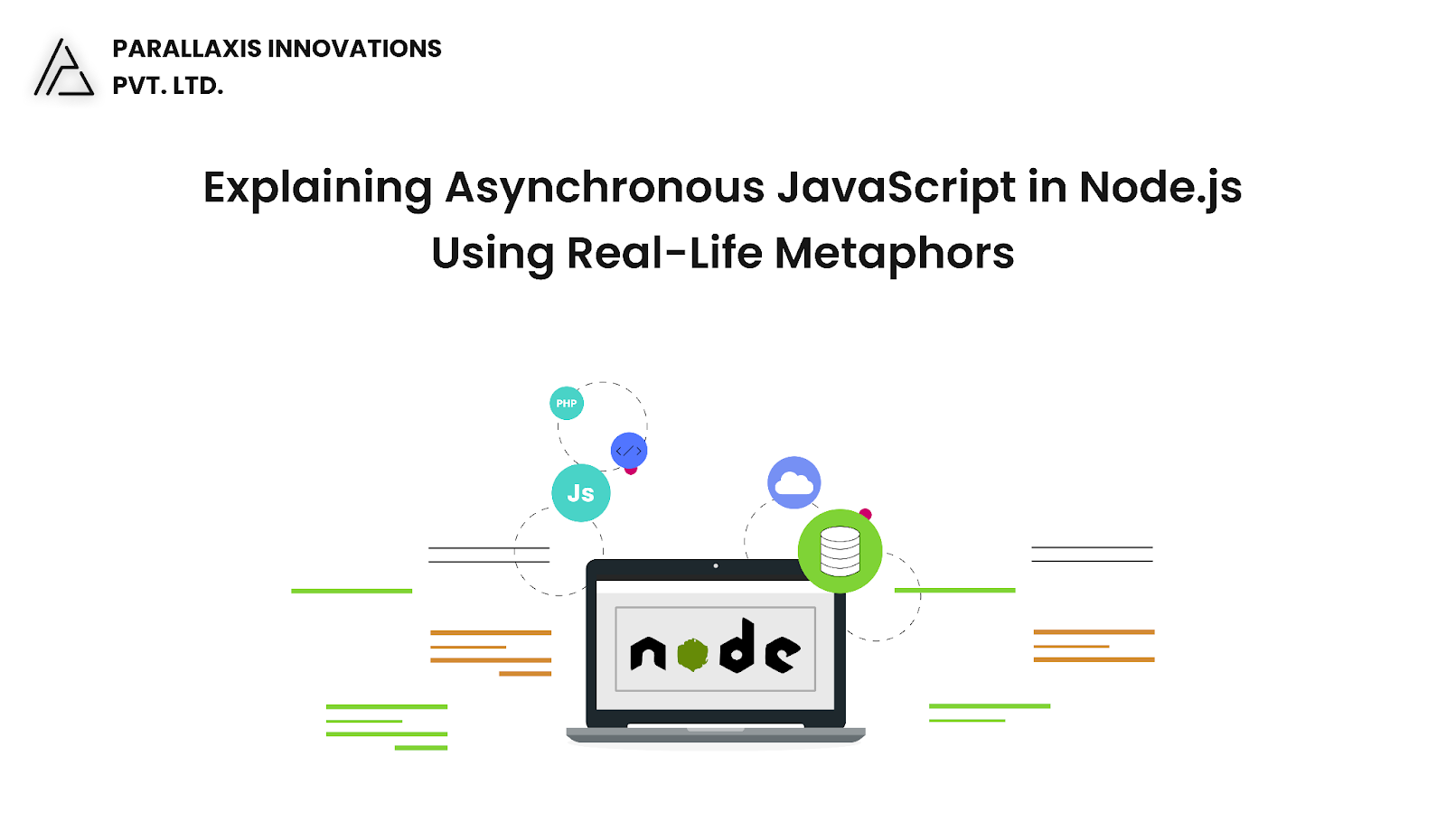Flutter, once known primarily for mobile app development, has matured into a full-fledged, cross-platform framework supporting Android, iOS, desktop, and web. With continued advancements from Google, building high-performance Flutter web apps in 2025 is more practical and powerful than ever.
In this guide, we’ll walk you through the essential steps to build, optimize, and deploy a Flutter web application along with tips to ensure it performs well in production.
Why Build Web Apps with Flutter in 2025?
Flutter web has evolved rapidly. As of 2025, it offers:
- Stable support for all major browsers (Chrome, Safari, Firefox, Edge)
- Responsive design capabilities with MediaQuery, LayoutBuilder, and flexible widgets
- WebAssembly (Wasm) experimental support for near-native performance
- A single codebase for mobile, desktop, and web
Whether you're building dashboards, internal tools, or customer-facing portals, Flutter Web is a strong option, especially if you're already using Flutter for mobile.
Step-by-Step Guide to Build a Flutter Web App
Step 1: Install Flutter SDK (If Not Already Installed)
Ensure you have Flutter installed and updated to the latest stable version:
flutter upgrade
Check that web is enabled:
flutter devices
If not, enable web support:
flutter config --enable-web
Step 2: Create or Adapt Your Project
To start a new Flutter project with web support:
flutter create my_web_app
cd my_web_app
If adapting an existing project, confirm it has a web/directory. If not:
flutter create .
Step 3: Run the Web App Locally
Use Chrome or Edge for development.
flutter run -d chrome
This spins up a development server at http://localhost:xxxx.
Building Responsive UI for Web
Mobile UIs don’t always translate well to the web. Use these tools to enhance responsiveness:
- MediaQuery: Detect screen size and orientation
- LayoutBuilder: Dynamically adapt layout based on constraints
- Flex, Expanded, Wrap, and GridView: Handle multi-column layouts
- flutter_responsive_framework or go_router: Helpful packages for web-specific UX
Building for Production
When ready to deploy:
flutter build web
This generates static files (HTML, CSS, JS) in the /build/web folder.
You can preview the output locally:
flutter serve
Deployment Options
1. Firebase Hosting
One of the simplest and most popular choices:
- Install Firebase CLI
npm install -g firebase-tools
firebase login
- Initialize and deploy:
firebase init
firebase deploy
2. GitHub Pages
Ideal for smaller projects or documentation:
flutter build web
cd build/web
git init
git add .
git commit -m "Deploy Flutter web app"
git push -u origin main
Use GitHub Actions for CI/CD deployment.
3. Netlify or Vercel
Drag and drop your folder or link your GitHub repo. Both platforms support auto-deployment on code push.
4. Custom Hosting (Apache, Nginx, AWS S3, etc.)
your server or bucket. Set MIME types correctly for .js, .wasm, and .html files.
Security & SEO Considerations
- Use HTTPS: Always host your app on a secure connection.
- Authentication: Integrate Firebase Auth, OAuth2, or custom solutions.
- SEO Support: Flutter web apps are mostly client-rendered. For SEO-critical apps, consider server-side rendering or pre-rendering solutions.
- Performance Optimization: Minimize asset size, lazy-load features, and use image compression.
Tools for Web Optimization
- flutter build web --release: Builds optimized production code
- Lighthouse (Chrome DevTools): Audit performance and accessibility
- Flutter DevTools: Analyze memory, CPU usage, and widget tree
- Firebase Analytics or GA4: Track user engagement and conversion
Best Practices for Flutter Web in 2025
- Use responsive widgets instead of fixed sizes
- Avoid platform-specific plugins not compatible with the web
- Handle browser back button behavior correctly
- Optimize load times with deferred imports and code splitting (coming with Wasm support)
What’s New in 2025?
Flutter Web has seen major updates recently:
- WebAssembly (Wasm) preview support for faster performance
- Improved canvas rendering
- PWAs (Progressive Web Apps) supported out of the box
- Full support for Material 3 & Cupertino widgets
The web version of your app can now feel indistinguishable from a native SPA (single-page application).
Final Thoughts
Flutter is no longer just for mobile; it's a true cross-platform framework. With its enhanced web capabilities in 2025, you can now:
- Build responsive, performant web apps
- Deploy them quickly on any hosting platform
- Maintain a single codebase for mobile + web
Whether you're launching a startup, internal tool, or enterprise-grade dashboard, Flutter Web gives you the speed and flexibility to deliver on every platform.
Need help with a production-ready Flutter web app? Our team can design, build, and deploy modern Flutter applications tailored to your business.
Let’s bring your app to the web fast and flawlessly.



